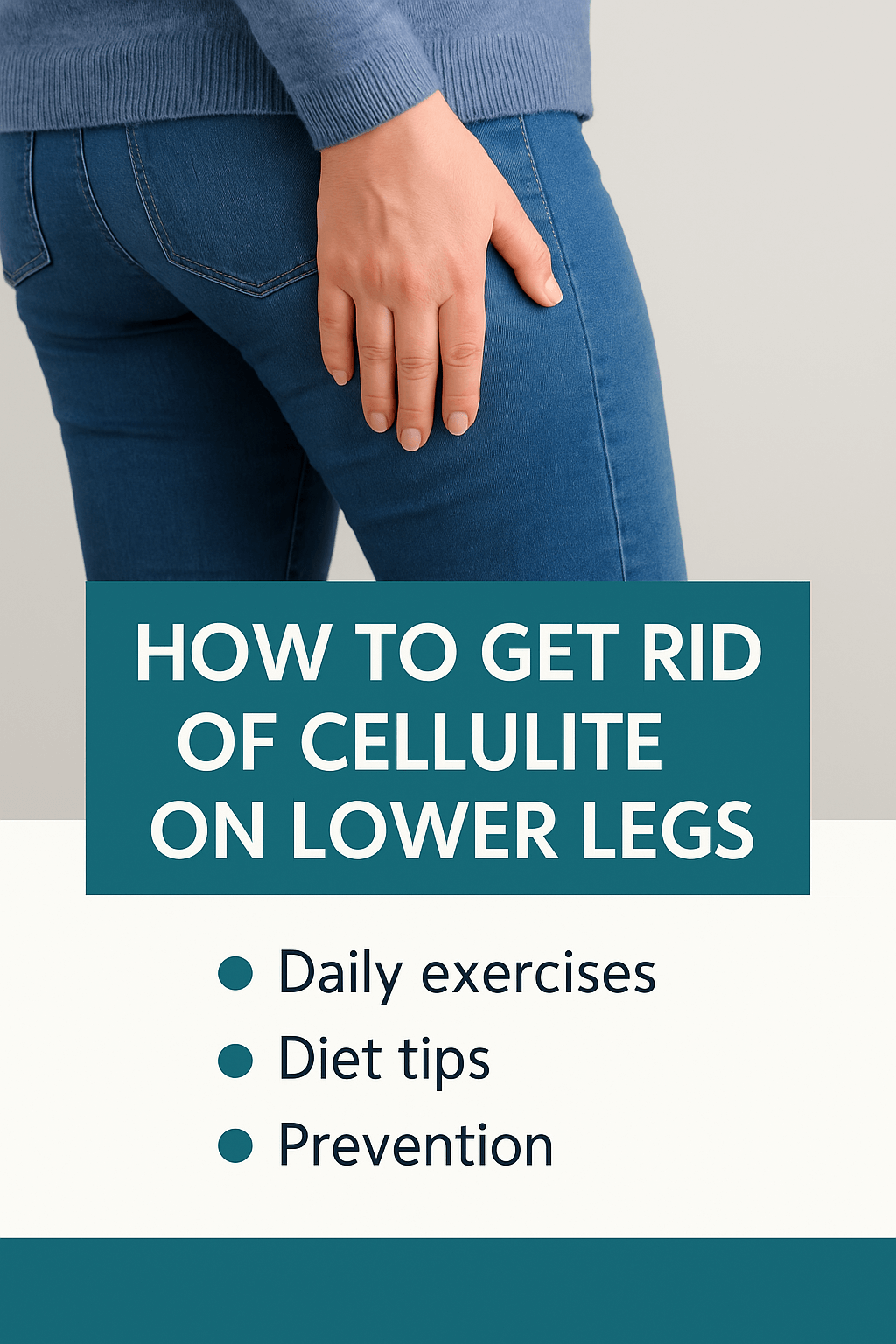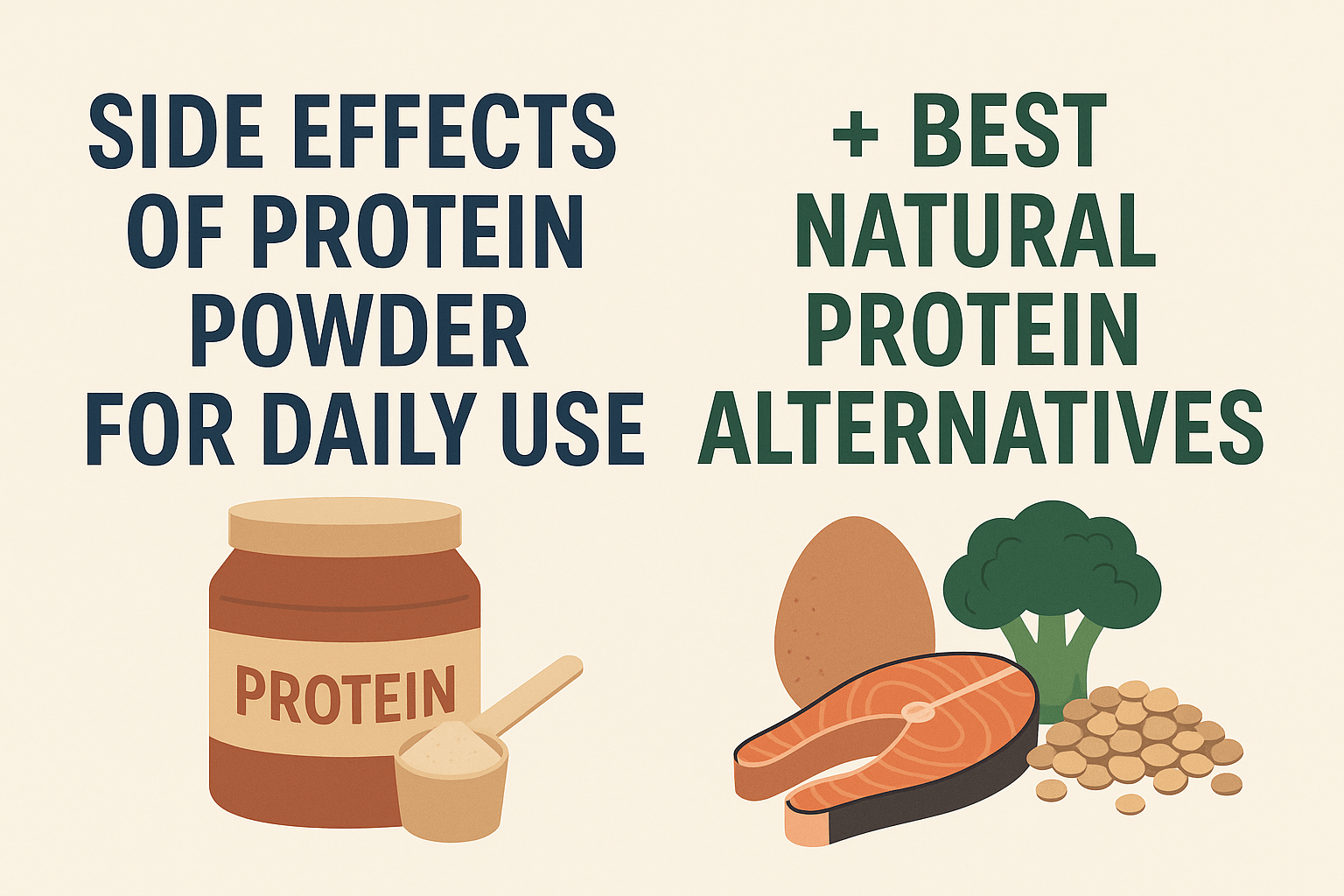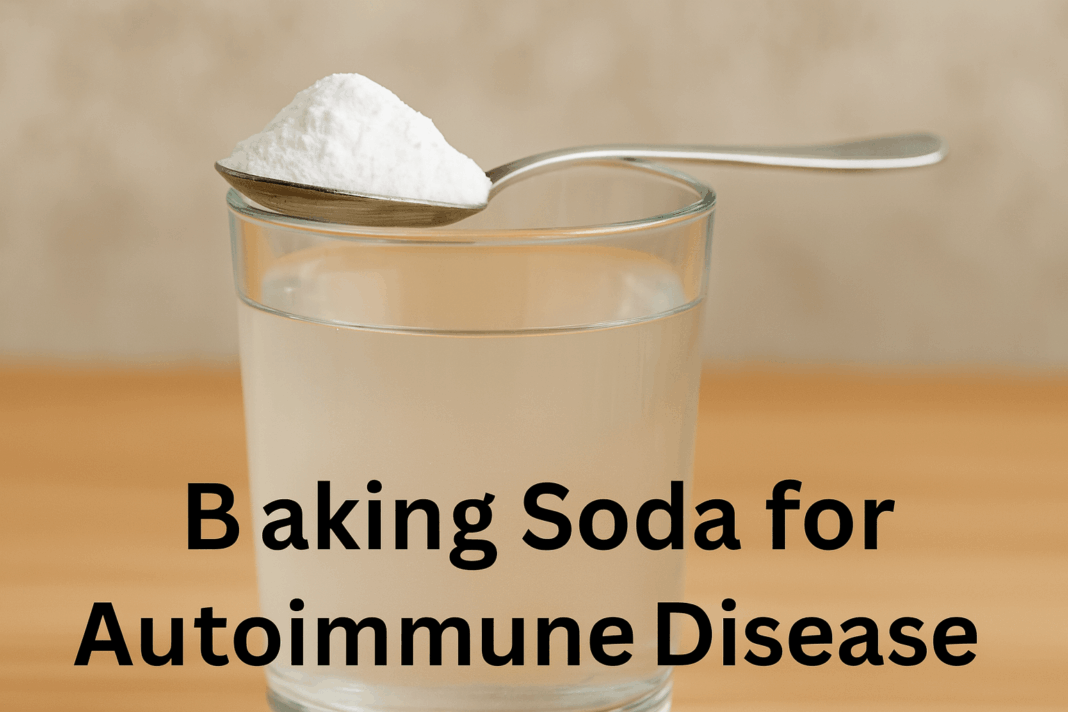Why Women Really Get Cellulite – And It’s Not Just Genetics
Is Cellulite in Your DNA or on Your Plate?
Some say cellulite is just “bad genes.” Others blame soda, sitting too long, or even leggings. But what if the real reason has nothing to do with fat — and everything to do with how society treats women’s bodies?
Let’s unpack the hard truth.
Cellulite — known medically as gynoid lipodystrophy — is when fat pokes through the connective tissue under the skin, causing a bumpy texture, especially on lower legs, thighs, and buttocks.
What Is Cellulite and Why Does It Develop?
Cellulite develops due to a combination of factors:
- Hormonal imbalance – particularly estrogen, which affects fat distribution
- Genetics – you’re more likely to develop cellulite if your mother or grandmother had it
- Diet and lifestyle – a high-sugar, high-fat diet and lack of exercise can exacerbate its appearance
- Age-related changes – thinning skin and decreased collagen make cellulite more visible
References:
Watch on YouTube:
Why Women Really Get Cellulite — And It’s NOT Because of Fat
Why Women Have Cellulite — But Men Don’t
Here’s the biological bombshell: men’s connective tissue criss-crosses like a mesh. Women’s runs vertically — meaning fat pushes through more easily.
On top of that, estrogen promotes fat storage on hips and legs. Combine that with thinner skin, and boom — you see dimples.
But here’s the kicker: that difference in skin structure isn’t a flaw. It’s just… biology. Yet it’s been sold to women as a problem. A “battle” to fight. A “war” to win. Why?
Who Is Most Affected by Cellulite?
Cellulite is seen in over 80–90% of post-pubertal women regardless of body size. It’s less common in men due to differences in connective tissue structure. Factors that increase the likelihood include:
- Gender: Women are far more likely to develop cellulite than men
- Race: Some studies suggest Caucasian women are more likely to exhibit visible cellulite
- Age: Risk increases with age as skin elasticity and collagen production decline
- Clothing: Tight garments can restrict blood flow, potentially worsening cellulite over time
Can You Prevent Cellulite?
While you can’t change your genetics, you can reduce your risk or delay its onset:
- Maintain a healthy weight
- Stay hydrated
- Avoid smoking (which breaks down collagen)
- Wear breathable, non-restrictive clothing
- Keep your skin moisturized and exfoliated
Is Tight Clothing Making It Worse?
This one gets heated: do leggings, shapewear, or tight jeans cut off circulation and worsen cellulite?
Some experts say yes — compression garments may restrict lymphatic flow. Others say there’s no evidence. But real talk: if the solution is just buying another product, are we fixing anything — or just feeding the beauty industry?
Best Sports for Young Girls to Prevent Cellulite
Early physical activity can reduce the risk of cellulite later in life. Sports that build muscle, improve lymphatic drainage, and promote overall health include:
- Swimming: Enhances circulation and tones legs
- Dancing: Builds glute and thigh strength with high cardio output
- Gymnastics: Strengthens lower body and improves body control
- Soccer or Track: Builds leg endurance and lean muscle mass
Encouraging consistent participation in these sports from an early age helps form healthy habits and limits long-term fat accumulation.
Daily Exercises to Reduce Lower Leg Cellulite
Exercise improves circulation, tones muscles, and burns fat — all helpful for reducing cellulite. These moves specifically target the lower legs:
- Calf Raises: 3 sets of 20 reps daily
- Jump Rope: 5 minutes of low-impact skipping
- Walking Lunges: 3 sets of 10 per leg
- Step-Ups: Use stairs or a bench, 3 sets of 15
Try to include at least 20–30 minutes of cardiovascular activity five days a week. This could be walking, cycling, swimming, or dancing.
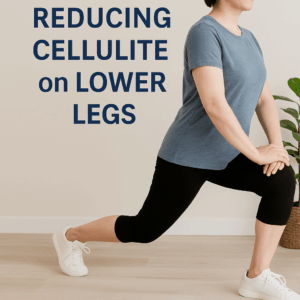
How to Keep Cellulite from Getting Worse
Once cellulite forms, it’s hard to remove completely — but you can stop it from spreading:
- Limit refined sugar and saturated fats
- Use a body brush or exfoliating scrub weekly
- Consider massage or lymphatic drainage therapy
- Wear compression socks or anti-cellulite leggings
What Diet Helps Reduce Cellulite?
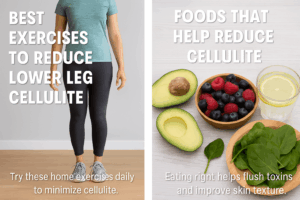 Eating right helps flush toxins and improve skin texture
Eating right helps flush toxins and improve skin texture
Nutrition plays a vital role in cellulite management. Focus on:
- Anti-inflammatory foods: Leafy greens, berries, fatty fish, turmeric
- Fiber-rich veggies: Broccoli, spinach, lentils
- Hydrating fruits: Watermelon, oranges, cucumber
- Healthy fats: Avocados, nuts, flaxseed
Avoid: Excess salt, refined sugar, soda, alcohol, and fried foods.
Bonus tip: Stay hydrated — water helps flush toxins that worsen cellulite.
Natural Remedies & Collagen Support
Boost collagen production naturally with:
- Vitamin C-rich foods: Citrus fruits, strawberries, bell peppers
- Bone broth or marine collagen supplements
- Dry brushing and coffee scrubs: Stimulate lymphatic drainage
- Essential oils: Grapefruit and rosemary oils may improve skin texture
Top Products That Can Help (Amazon)
Here are some Amazon-recommended products to support your anti-cellulite routine:
Final Thoughts
Stop hiding your legs. Stop apologizing for normal skin. Start moving, eating well, and treating your body like it deserves love — not punishment.
What do YOU think causes cellulite? Is it time we stop blaming women’s bodies and start talking science? Drop your thoughts in the comments.
Eat daily. Sleep daily. Exercise Daily.
Disclaimer: This article is for informational purposes only. Please consult your physician before beginning any new exercise or skincare regimen.

